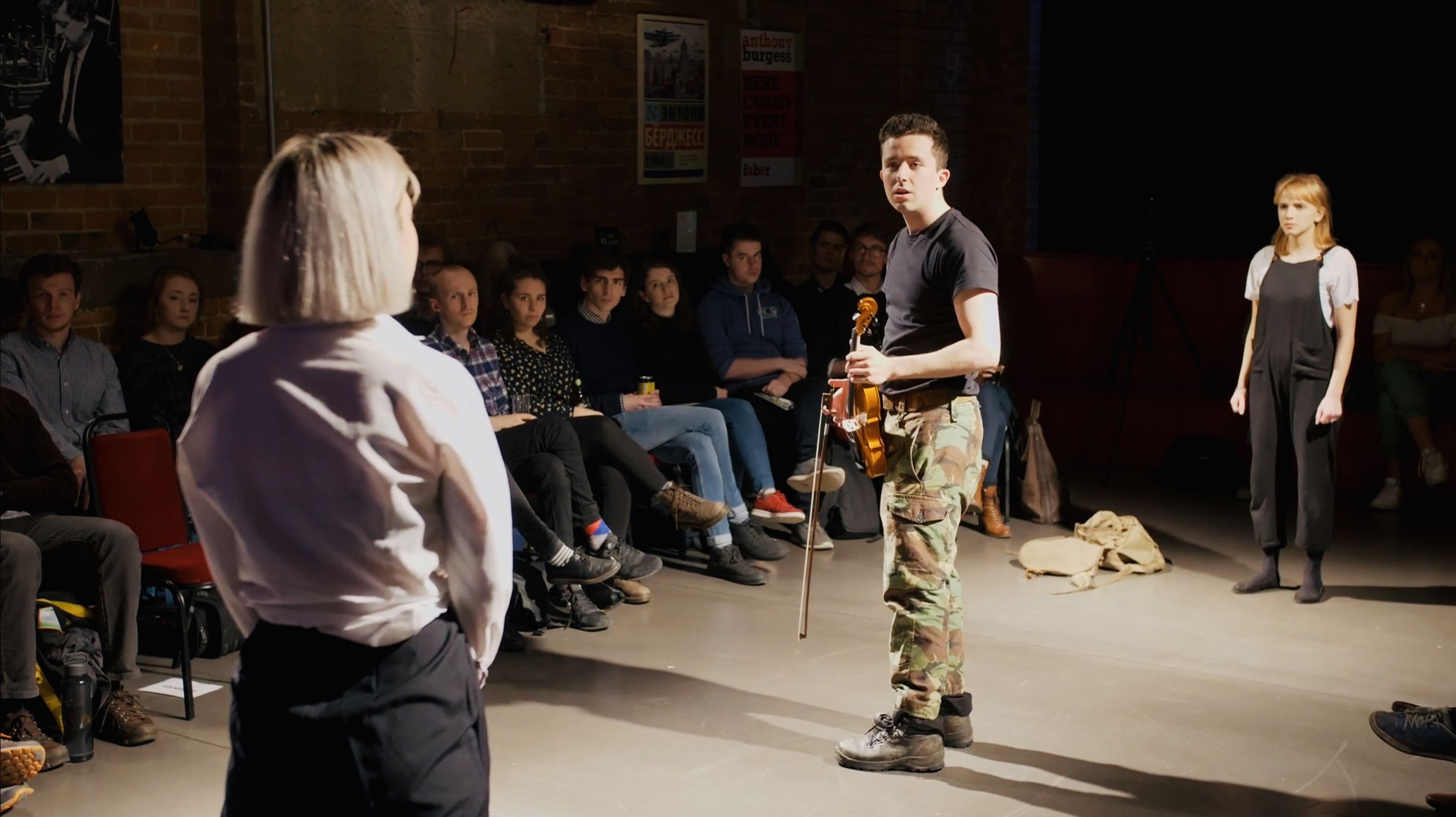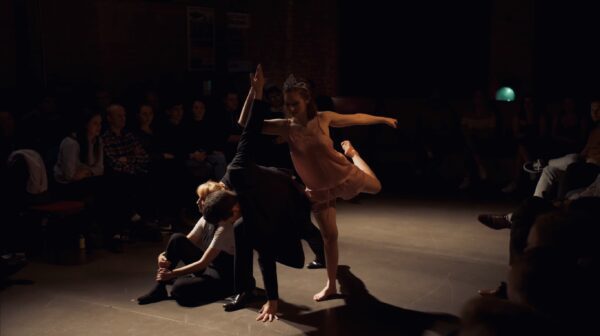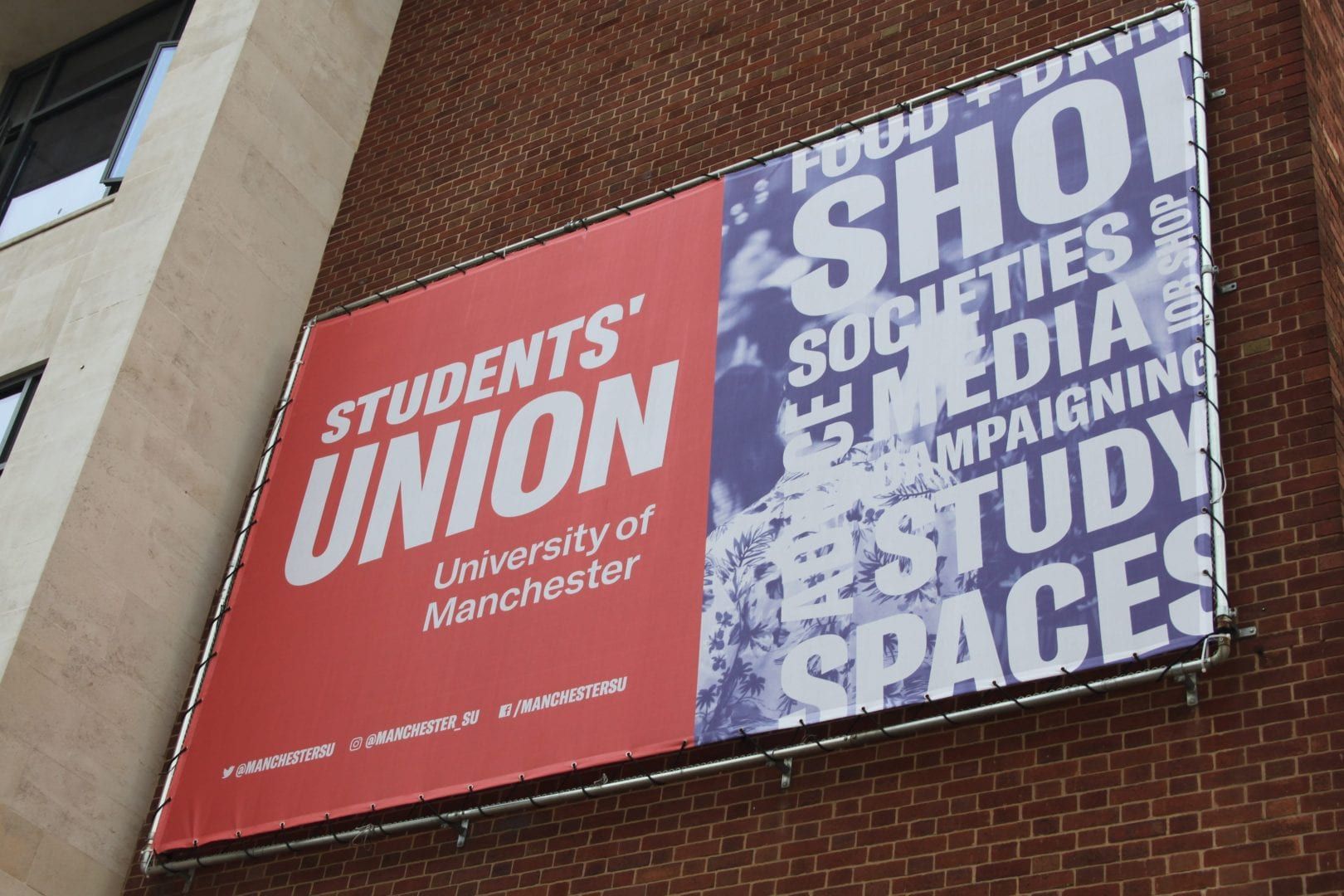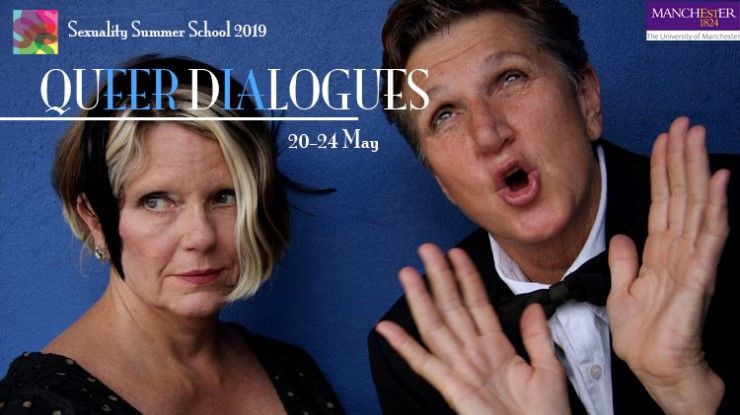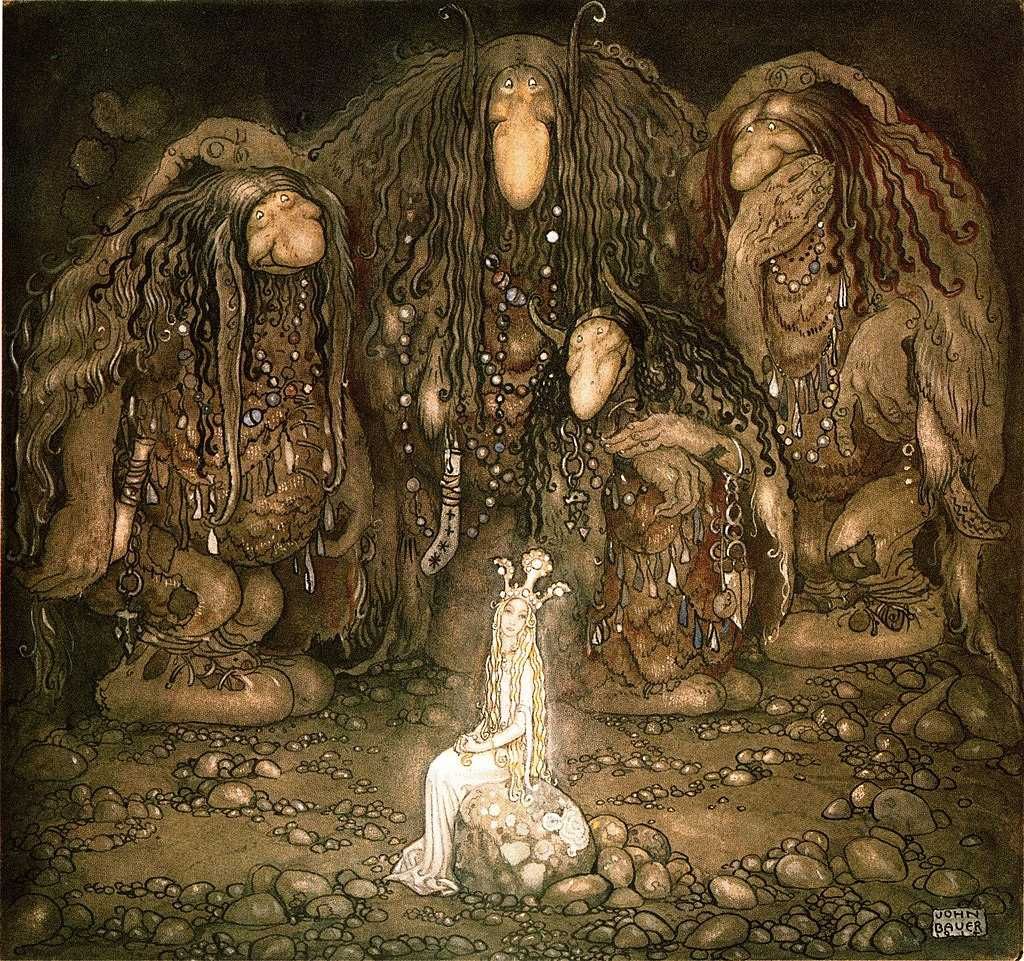Pangaea “cancelled for good”
Pangaea, the student-run festival held at the Students’ Union (SU), has been “cancelled for good”, according to SU Activities Officer Lizzy Haughton.
Haughton told The Mancunion: “The cancellation of Pangaea, while it is sad to see it go, was the right decision. Based on the feedback that we’d received and declining ticket sales it’s right to call it a day.
“However we’re committed to working with students to creating something bigger and better for next year. Personally, I’m interested in working with the University to create a more educational side to it, as well as getting workshops from the founders of some of the biggest festivals in the UK.
“We would like to take this opportunity to thank everyone who made Pangaea special, and to ask all students, especially those for whom this would have been their last Pangea, to join the team in creating something new and incredible next summer.”
Haughton, in her regular report to student Senate, added: “One of our options at the very beginning of the year was looking at whether the branding of the festival had died a while ago, and what we could do to revive it, one of the options being to call it off entirely and create something new. We thought we’d give a go at reviving it but it became apparent that there was no interest – the students who had once enjoyed it had all graduated.”
Haughton continued: “With a heavy heart we say goodbye to Pangaea as we once knew it – and we’re making way for an incredible opportunity for students to create their own festival”.
At Senate, she also indicated a new student-run festival for next year with a different name and format will be planned and held.
Pangaea has previously been beset with controversy, after The Mancunion revealed back in early 2018 the festival had lost £120,000 in 18 months. At that time, SU staff warned that if Pangaea continued to lose money at the same rate from summer 2018 onwards, the festival was in real trouble – which has proved correct.
The festival has been running since 2006, and has played host to notable acts over the years such as Example, Craig Charles, and Voodoo Ray.
Chloe Hatton, final year English Lit and French student said: “I think it’s really sad it’s gone as it’s a cultural institution. It’s a shame to see it go. I have some fond memories from there.”
Shivani Kaura took a different view: “Pangea always had a mediocre line up, it was great if you wanted to make friends in freshers’ but why spend so much money when you could probably get the same night out in a club in town, with cheaper drinks, and without having to wear silly outfits.
“It might be fun for some, but £40 a ticket was ridiculous when you could see a great act at the likes of Warehouse Project for sometimes cheaper and the night would last longer.”

